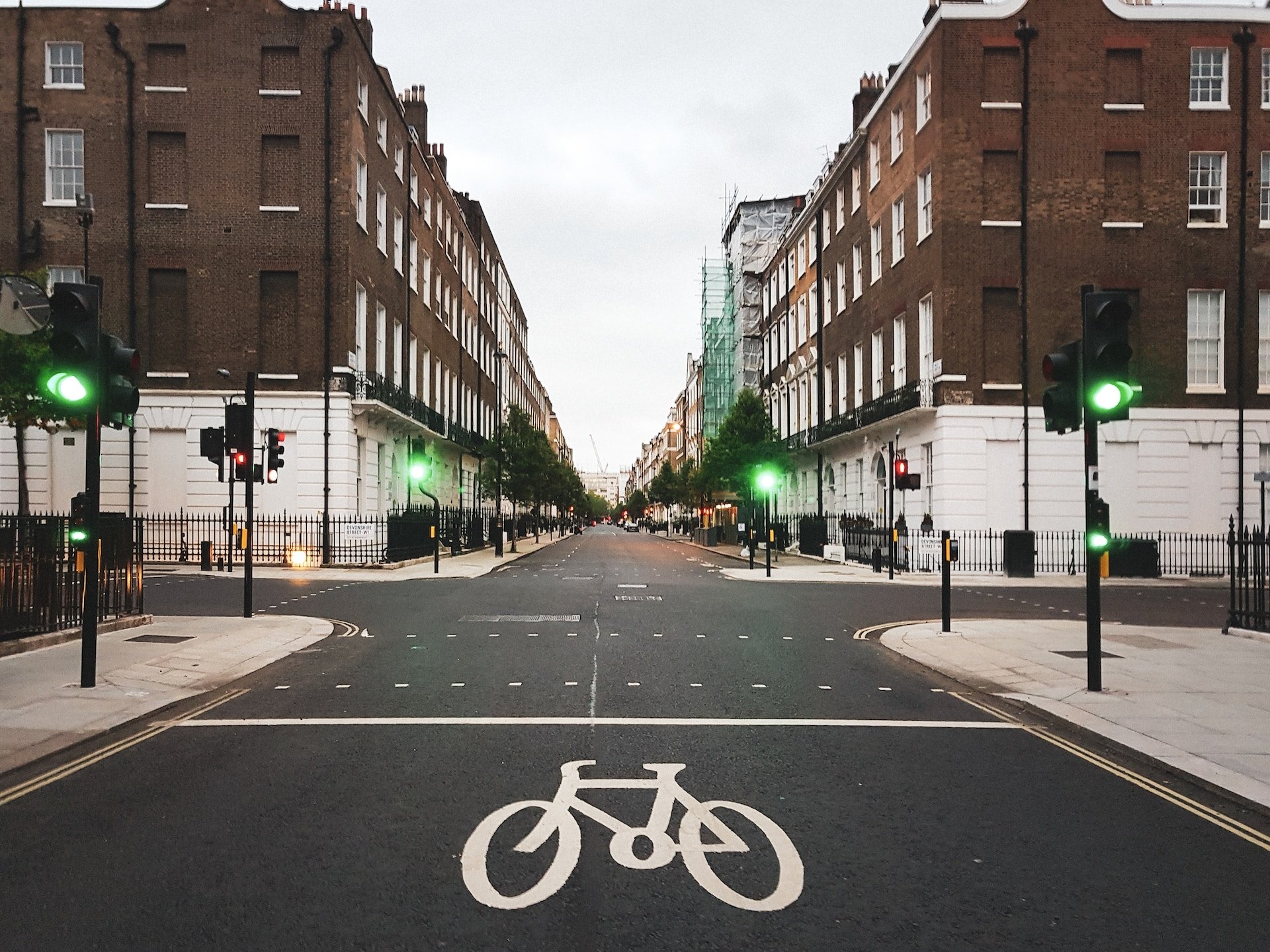The concept of healthy streets has started gaining popularity in urban planning. Its basic idea is that streets and neighbourhoods should be built and designed for people – walking, cycling and utilising public spaces and transport in a way that is easy, relaxing, clean and good for our well-being. Meanwhile, active travel has been another concept that has gained traction across society, aligning perfectly with the principles of Healthy Streets.
Central to this approach is the idea that streets should be vibrant, inclusive spaces that prioritise humans and reduce car dependence. While infrastructure and transportation policies are essential, the role of street furniture in shaping the urban landscape is equally important. Bike parking is a key element of street furniture, encompassing bike racks and shelters that offer secure and convenient storage for cyclists. When thoughtfully designed and strategically placed, bike parking facilities can transform streets into welcoming and functional spaces for all. By encouraging more people to cycle, these facilities contribute to reduced traffic congestion, lower pollution levels, and enhanced community well-being.
What Are Healthy Streets?
The Healthy Streets approach involves policies and strategies implemented by local authorities to transform streets and urban areas into spaces that put human well-being first. Transport for London defines a healthy street as welcoming and accessible, encouraging walking, cycling, and public transport while minimising the dominance of motor traffic. Similarly, Sustrans sees healthy streets as spaces that prioritise people over cars, fostering social interaction, physical activity, and mental well-being.
The system uses 10 scientifically-based indicators to assess the healthiness of a street. The more indicators a street meets, the more appealing, pleasant, healthy, and inclusive it becomes. These indicators are:
- Pedestrians from all walks of life
- Easy to cross
- Shade and shelter
- Places to stop and rest
- Not too noisy
- People choose to walk, cycle and use public transport
- People feel safe
- Things to see and do
- People feel relaxed
- Clean air
While each indicator is distinct, they are all interconnected and interdependent. A street is considered healthy if it is frequented by a diverse range of pedestrians—older adults, children, people with disabilities, and individuals from various socio-economic backgrounds. When everyone feels welcome and safe, they are likelier to walk, cycle, or use public transport without stress or fear. Increased walking, cycling, and public transport usage contribute to cleaner air, and so forth. All 10 indicators contribute to the broader goal of improving living conditions for everyone.
How Does Active Travel Fit With Healthy Streets
Active travel is at the heart of this concept, which plays a crucial role in shaping healthier, more sustainable urban environments. Active travel refers to modes of transportation that require physical activity, such as walking, cycling, and scooters or other non-motorised vehicles. The idea is that it contrasts passive forms of travel, such as driving or taking public transport, where physical exertion is minimal. However, active travel is about more than just getting from one place to another. It encompasses a broader lifestyle choice that promotes health, reduces environmental impact, and enhances community interaction.
Cycling and walking are integral things to be encouraged if any neighbourhood wants to tick more indicator boxes from the street healthiness list. Active travel is an excellent way to incorporate physical activity into daily routines, which boosts physical and mental health and staves off chronic diseases such as heart disease, diabetes, and obesity. Streets that encourage more people to take up regular walking and cycling would reduce stress, anxiety, and depression. Active travel provides opportunities for residents to spend time outdoors, enjoy natural surroundings, and engage with their community. By making active travel a convenient and attractive option, Healthy Streets helps residents effortlessly maintain a healthier lifestyle.
Active travel supports healthy streets in another way, too, as it is usually cheaper and with significantly fewer barriers to entry – walking is free, and buying a bicycle costs a lot less than a car and the fuel you will need to pay to drive around. Cycling and walking are a good way to encourage “pedestrians from all walks of life”, ages and socio-economic backgrounds to be on those streets and use them.
Active travel is a term used to describe the modes of transport people use. However, it is also a broader-scope topic that invites a larger discussion about infrastructure. Especially infrastructure that is not just car-centric but rather more focused on the people. Active travel calls for making our streets “easier to cross”, more pedestrian-friendly, and equipped with bike lanes and bike parking, like racks and stands, so people can safely choose to cycle and walk.
Healthy streets are also expected to be greener, more relaxing, and quieter places. Cycling and walking contribute to that, too, by reducing air pollution and greenhouse gas emissions. Healthy streets prioritising active travel contribute to cleaner air and a healthier environment, mitigating the adverse effects of climate change and creating a more sustainable urban setting. Active travel also helps reduce noise pollution, which often leads to stress and lower quality of life for people who live or work in very busy areas.
Active travel is integral to the healthy streets framework, promoting physical health, mental well-being, environmental sustainability, social interaction, and economic vitality. By prioritising walking, cycling, and other forms of non-motorised transport, cities can create urban environments that are not only healthier but also more enjoyable and livable for all residents. The journey towards healthy streets is a collaborative effort, requiring the commitment of urban planners, policymakers, and communities to transform our cities into vibrant, sustainable spaces that prioritise people over cars.
